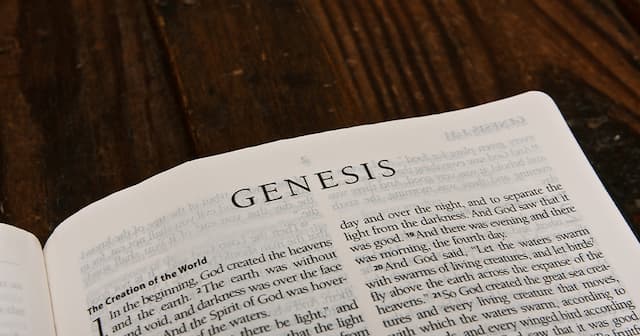Bread- physical food AND spiritual nourishment
By Elizabeth Prata
I’m Italian-Irish/English. But we spent more time with the Italian side of the family. My father was thoroughly Italian. That meant he liked bread. He could not conceive of a meal without bread being served. If we went to a Chinese restaurant (where the preferred starch was rice) he brought bread with him.
I grew up in the 1960s (“the nineteen-hundreds” as I tell my students and their eyes widen). A popular slang term back then was “bread” which stood for “money”. Someone might say, ‘I can’t go out tonight, I got no bread, man.’
Bread could mean actual bread you make a sandwich with, or it could mean money.
In the Bible, bread is a staple food for both the Old Testament Hebrews and the New Testament Christians. Bread was made from wheat (preferred) or barley (lesser quality but more affordable). The book of Revelation mentions wheat and barley.
And I heard something like a voice in the center of the four living creatures saying, “A quart of wheat for a denarius, and three quarts of barley for a denarius; and do not damage the oil and the wine.” (Revelation 6:6).
A quart is a quarter of a gallon. So for the same price in that future time, you’d pay a day’s wage for a quarter gallon of wheat but get 3 quarts of barley for the same price.
Bread could mean a food made from grain, or it could be used metaphorically to indicate spiritual food/nourishment.
Israel’s most common form of their staple food was bread made from wheat or barley, which are mentioned over 30 times each in the Old Testament, according to The Lexham Bible Dictionary. Common phrases used bread, such as ‘breaking bread with’ meaning, to partake of a meal with someone.
In the New Testament the Greek word for bread, (artos), usually refers specifically to baked bread, but could describe food in general (Matt 4:4; 6:11; Luke 11:3). Wheat bread was still more expensive, the poor made bread called barley cakes.
As the Lexham Bible Dictionary further explains, “The Gospel writers use the term ἄρτος (artos) metaphorically, to express theological statements. In John, Jesus refers to Himself as the “bread of life” (John 6:35, 48) and “the living bread” (John 6:51). After feeding a large crowd with five loaves of barley bread and two fish, Jesus uses the literal bread as a metaphor for His own ability to provide the world with sustenance and new life (John 6:1–13, 22–58).”
“In Matthew and Mark, Jesus metaphorically refers to His miracles as bread for the Jews, yet He allows a Canaanite woman to partake of the “crumbs” (Matt 15:21–28; Mark 7:24–30). Similarly, God’s blessings to the rich are implicitly likened to bread in the parable of the rich man and Lazarus, when the rich man blessed by God with wealth is unwilling to share even his breadcrumbs with poor and needy Lazarus (Luke 16:19–31).” The Lexham Bible Dictionary. Lexham Press.
Jesus said to them, “I am the bread of life; the one who comes to Me will not be hungry, and the one who believes in Me will never be thirsty“. (John 6:35).
“I am the living bread that came down out of heaven; if anyone eats from this bread, he will live forever; and the bread which I will give for the life of the world also is My flesh.” (John 6:51).
Imagine this. In the future, when the Bride is safely home, we will break bread with the Savior! See this scene in Luke 24:30-31,
And it came about, when He had reclined at the table with them, that He took the bread and blessed it, and He broke it and began giving it to them. 31And then their eyes were opened and they recognized Him; and He vanished from their sight.
The 2 men from Emmaus, one of whom is named Cleopas, broke bread with the risen Savior, who taught them the scriptures! We will too, in heaven, in our new abode Jesus is preparing for us. What a day that will be!







